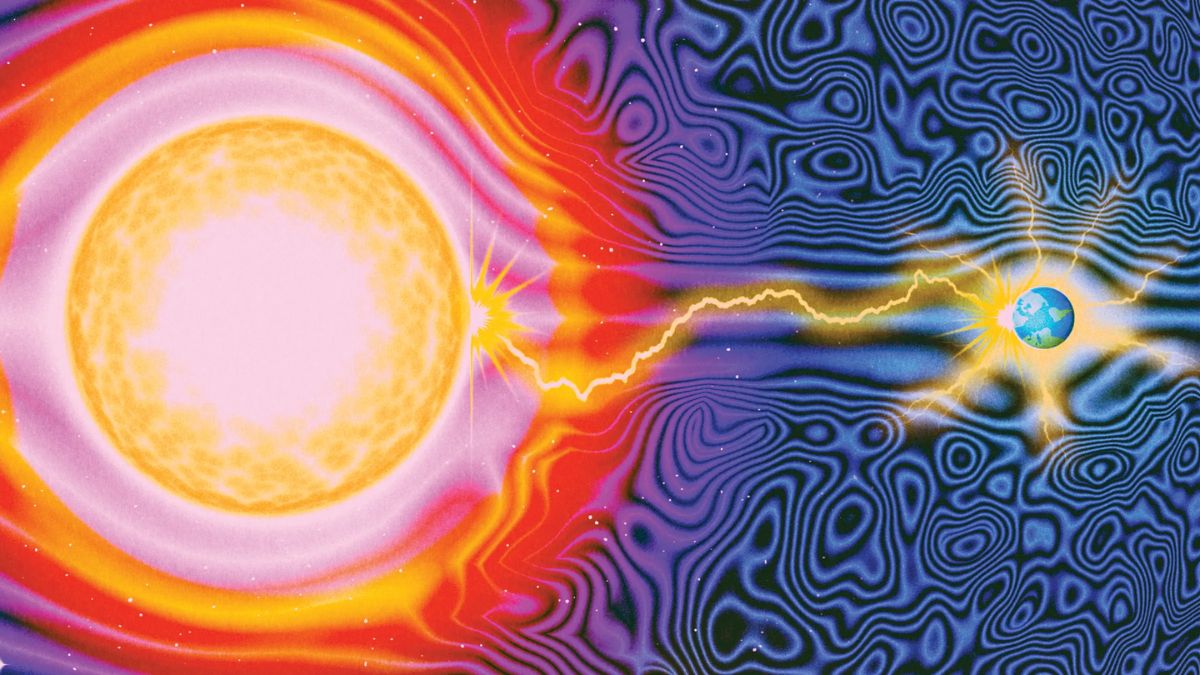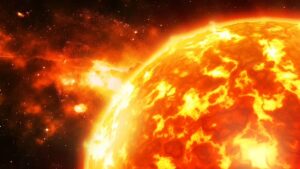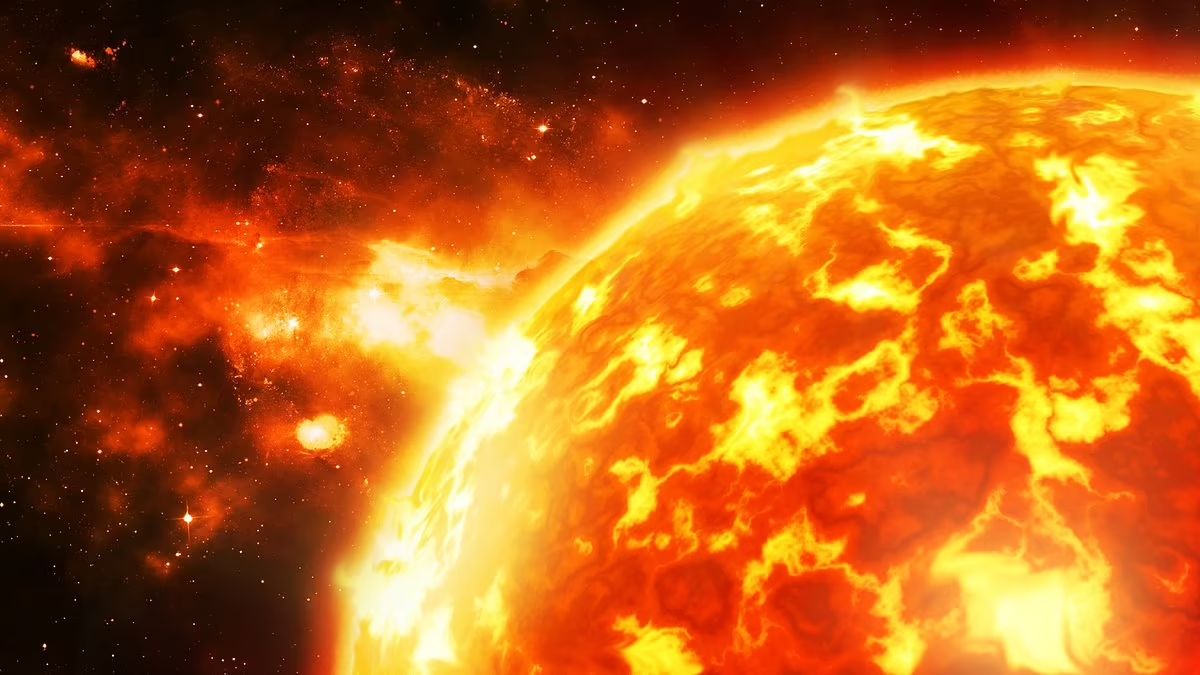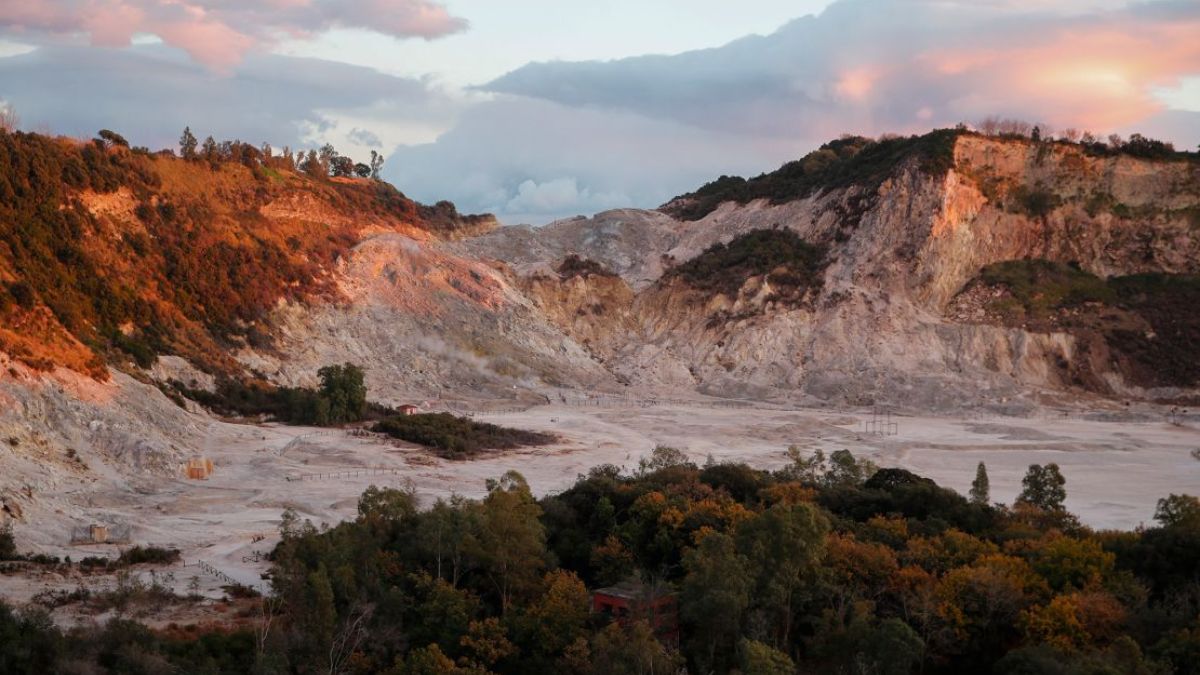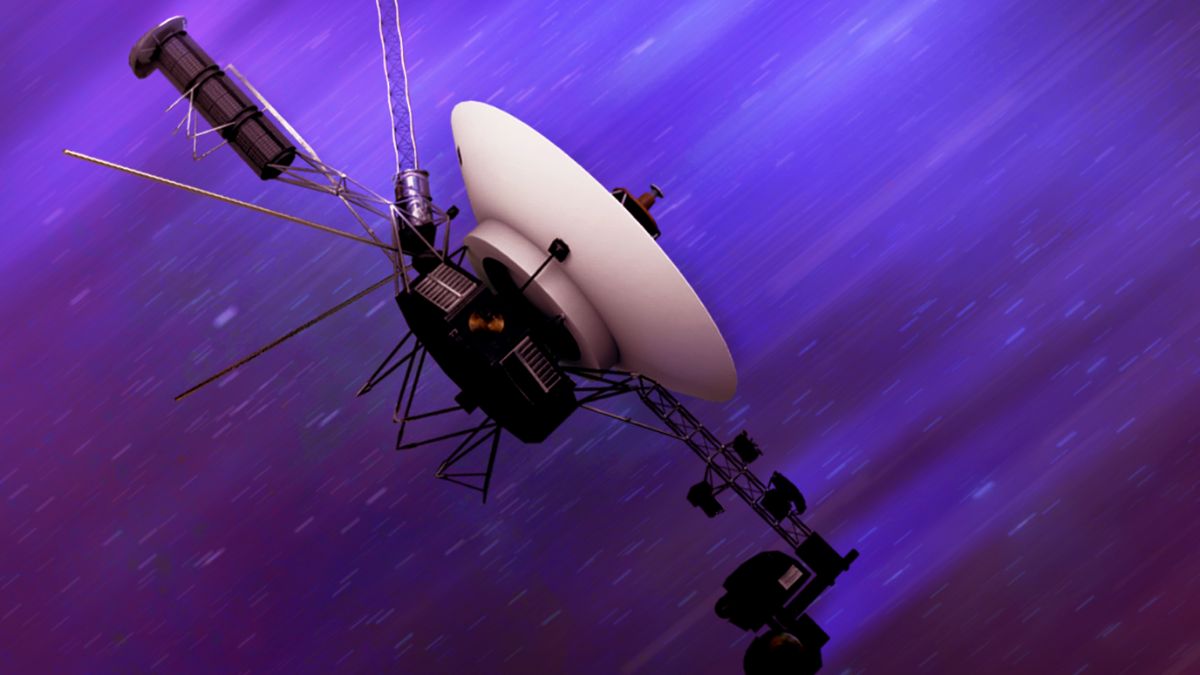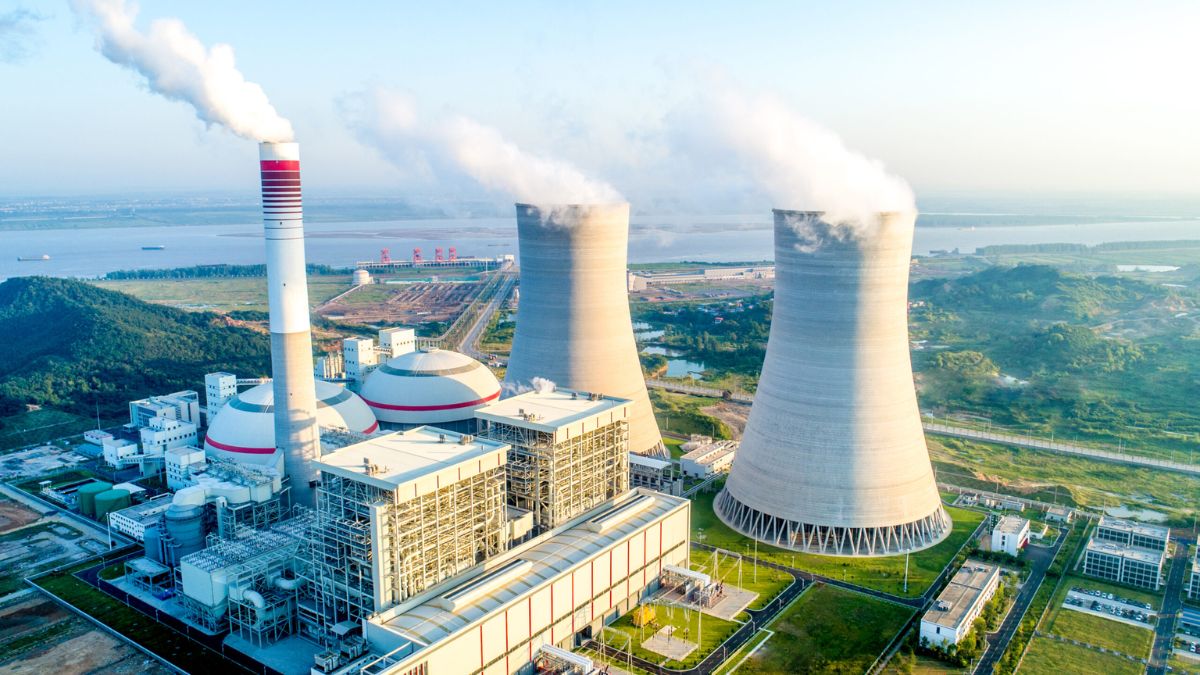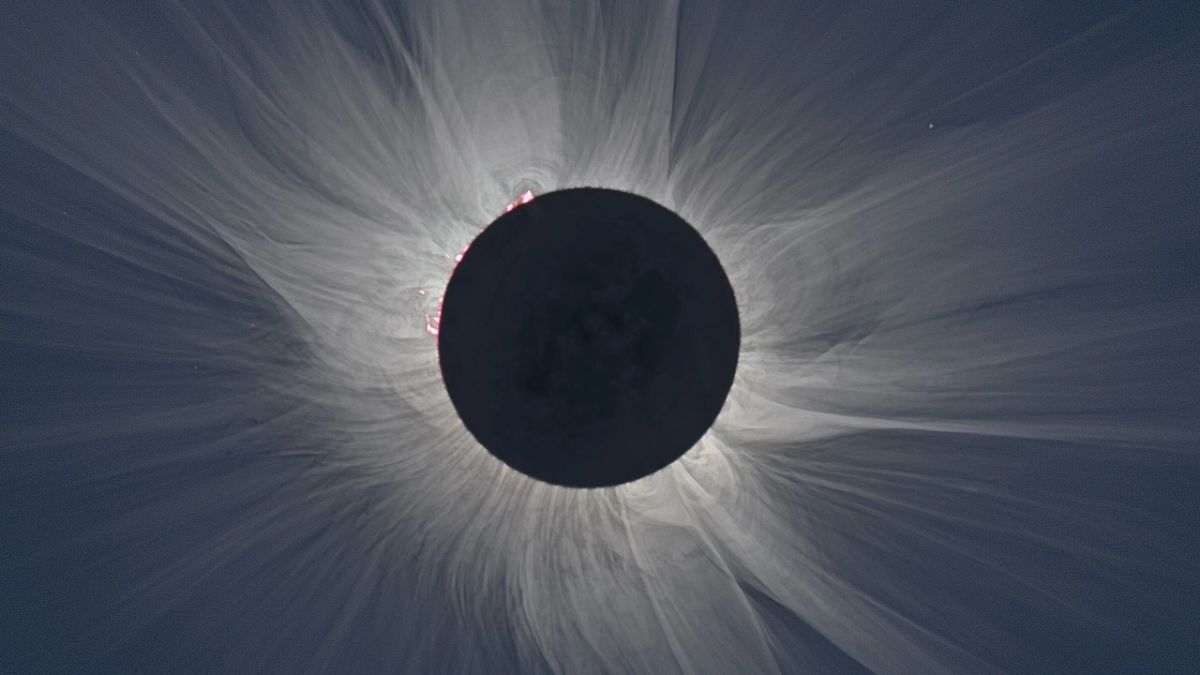The Sun never really sleeps. It’s constantly bubbling, burning, and bursting with energy. But on May 14, it took things to a whole new level. Scientists observed the most powerful solar flare of 2025 so far—an intense X2.7-class flare from a region called AR 4087. The event peaked at 04:25 ET, and for a moment, it looked like the Sun was about to go full supernova (don’t worry—it wasn’t).
So, what exactly happened? Could this have affected us on Earth? Are we in danger? Let’s break down this fiery situation coming from the heart of our solar system.
Flare
First, let’s understand what an X2.7 solar flare is. The name might sound like something from a sci-fi video game, but it’s actually a way scientists classify the strength of solar explosions.
Solar flares come in five categories based on their intensity: A, B, C, M, and X. The X-class flares are the most powerful of them all. The higher the number after the X, the stronger the flare. So, an X2.7 flare is a major deal—powerful enough to cause temporary communication blackouts and disrupt technology.
Energy
Now, let’s talk about the energy behind these events. A single X-class solar flare can release around 10³² ergs of energy, which is roughly 2.4 × 10²⁵ joules. That might not mean much at first glance, so here’s a simple comparison: that’s about 10,000 times more energy than all the nuclear bombs on Earth combined. Yes, you read that right.
In addition to the X2.7 flare, the Sun also popped off with four M-class flares on the same day. Though not as intense, they were still significant and contributed to a very active solar session.
Region
This massive flare came from an area of the Sun known as AR 4087. Just like Earth has continents and zones, the Sun also has regions that are identified and tracked. AR 4087 is one of those highly magnetic zones where the Sun’s magnetic field lines twist and tangle until they snap—releasing an explosive amount of energy.
These regions are constantly monitored by NASA and other space agencies because they often give birth to powerful flares like this one.
Effects
So, what did this flare do to us?
Well, even though we’re 150 million kilometers away from the Sun, that energy still made its presence known on Earth. NASA confirmed that the flare caused interference on the daylight side of the planet—affecting high-frequency radio signals used in communication systems.
While no major damage was reported, events like this can lead to:
- Temporary radio blackouts
- Satellite malfunctions
- Disruption of navigation systems
- Issues for astronauts exposed to higher radiation levels
In some cases, even GPS systems in aircraft can go haywire, and power transformers on the ground can get overloaded.
Danger
Are solar flares dangerous to humans on Earth? Not really. Thanks to our planet’s magnetic field and atmosphere, we are pretty well protected from most of the harmful radiation released during these solar tantrums.
NASA and NOAA (National Oceanic and Atmospheric Administration) both confirmed that there was no risk to public safety during this flare. The interference was manageable, and scientists continue to monitor the Sun’s behavior 24/7.
The current spike in activity is also part of a normal solar cycle, which lasts about 11 years. During the peak of the cycle, we naturally see more flares and sunspots. So this isn’t unusual, though it definitely keeps scientists on their toes.
Reality
But here’s a thought: what if a massive flare ever did hit Earth directly?
That question opens up a scary realization—how much we depend on technology. A single intense solar event could shut down satellites, damage electrical grids, and leave us scrambling without GPS, communications, or even banking systems.
It’s a chilling reminder of how fragile our tech-reliant society is in the face of nature. One solar sneeze, and we could be knocked back decades in minutes.
Luckily, for now, the Sun’s activity is being closely watched, and space agencies are prepared for most situations. Still, it’s something worth thinking about every time we look up at that glowing ball in the sky.
FAQs
What is an X2.7 solar flare?
It’s a powerful class of solar flare with strong radiation output.
Did the solar flare affect Earth?
Yes, it caused radio interference on the daylight side.
Is an X2.7 flare dangerous?
Not directly to humans, but it can disrupt tech systems.
What is AR 4087 on the Sun?
It’s a magnetic region that caused the solar flare.
Are more solar flares expected?
Yes, we’re in a peak solar activity cycle, so more are likely.

